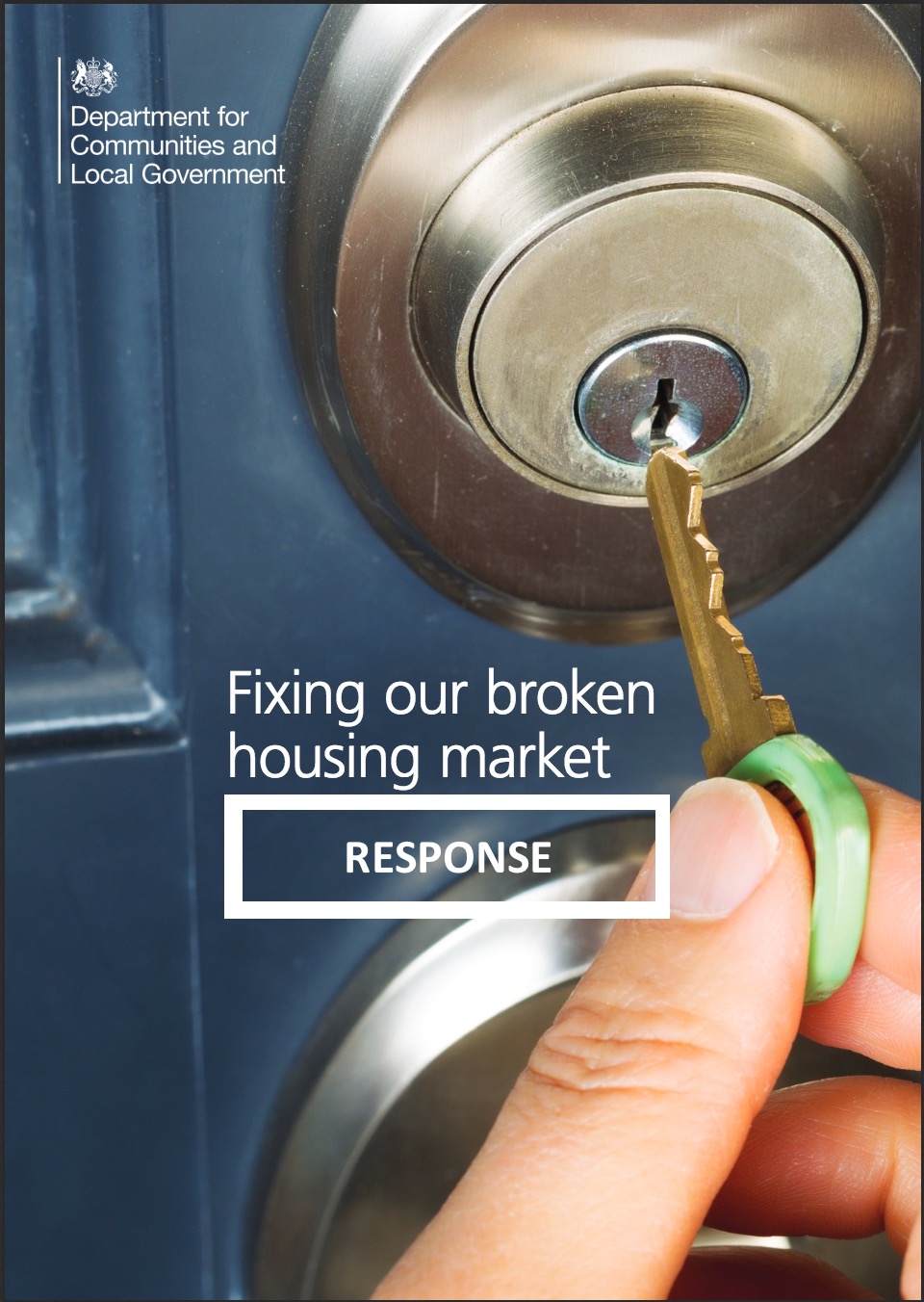 LSE London attended a Policy Forum for London keynote seminar: Next steps for housing in London and the South East: affordability, meeting demand and the future for social housing, organised by Westminster Forum Projects on the 13 September 2017. Here are some of the arguments that were presented.
LSE London attended a Policy Forum for London keynote seminar: Next steps for housing in London and the South East: affordability, meeting demand and the future for social housing, organised by Westminster Forum Projects on the 13 September 2017. Here are some of the arguments that were presented.
James Murray (Greater London Authority) presented the Mayor’s draft housing strategy. He explained that London needs to play a bigger role in public sector land supply. He wants to work with the government to improve land value capture and learn from abroad about land pooling and identifying available land. However, the Mayor is still not looking at the Green Belt as a source of land supply for residential building.
He mentioned three main measures to build more homes:
- Affordable Housing (genuinely affordable)
- Overseas investors/buyers and community housing balance
- Both new housing and existing ones to be safe and energy efficient with better design.
Duncan Bowie (Westminster University) presented priorities for housing in developing the London Plan. Among them he explained that London needs a housing supply target and housing needs assessment that covers the whole Metropolitan region. The pressure on new units to be built could create a situation of over-development in some areas with fewer family size units and less affordable housing. He also stated that London needs to change the tax system to have really efficient housing development. He finally reminded the audience that the government’s abolition of funding social rent is a big problem because using planning gain is not enough to build the social housing we need.
Seb Klier (Generation Rent) explained that there are two millions private renters in London, which means 25% of Londoners are in the Private Rented Sector (PRS) including 600,000 children. The possible actions the Mayor can take on the PRS are limited. There are more private sector tenants in poverty than social tenants. Private renters have the highest housing costs and the lowest housing standards and security. Moreover, there are high levels of fuel poverty in the PRS.
Regarding affordability, Generation Rent is an advocate of the tenants’ fee Bill. High letting fees are a barrier to mobility. Rents are very high: many people pay 50% of their income in rent. Finally, projections for the future show that market rents will be less and less offset by housing benefits.
Simon Gordon (Residential Landlords Association) gave a note of caution about tenants’ fees: he thinks landlords will increase their rents if tenants’ fees are incorporated in the landlords’ costs. There will also be fewer letting agencies, less competition and fewer offers.
He believes that licensing is not the way forward. What we need are local authorities to identify bad landlords and to push them out. However there is not enough capacity in councils and not enough people employed to enforce housing policy. We need more capacity instead of new regulation.
He does not want rent control to happen because it will make PRS shrink. PRS was never designed to take on the role of housing associations but if it shrinks, who is going to house these families?
Eloise Shepherd (London Councils) reminded us that most people do not want to be in the PRS in the long term. This is true for families in particular. If PRS was more desirable and fit for purpose, it would make people want to stay longer in this type of housing.
In some boroughs, more than 50% of the population is residing in the PRS. PRS tenants do not feel as they are residents of a specific borough so it is very difficult to represent them. It creates an engagement issue and PRS tenants have almost no voice in the London Plan.
The largest cause of homelessness is people evicted from the PRS but the PRS is also where they are placed.
Build to Rent and financial investment will only be a small part of the market so we need to work with the normal PRS for the time on. There are 2 million PRS properties in London so the fact that we do not consider Build to Rent more is just a question of scale.
The other problem is that institutional investors are only interested in the higher part of the market. There is also no percentage of affordable housing set in the regulation on Build to Rent.





